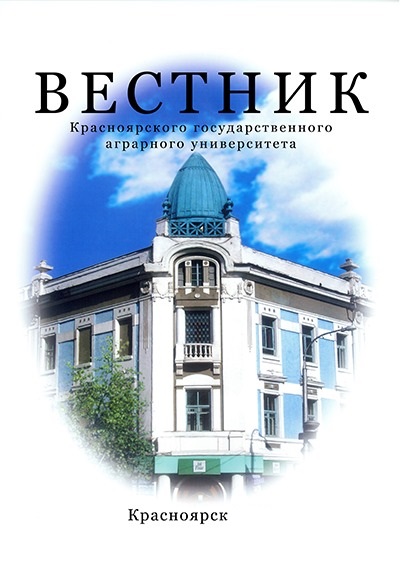The characteristic of humus qualitative compo-sition in mountain forest-steppe of Orkhon-Selenga midland (Northern Mongolia) was shown. The study area was situated on the ridge Delger Khan at alti-tudes of 700-800 m above sea level within the model range "Shaamar". The feature of the territory was the prevalence of sandy-loamy arrays. Plant cover was characterized by the alternation of sparse pine and birch forests with mountain-meadow vegetation, and meadow steppe on the slopes of the northern and eastern exposures and dry steppe with unproductive xerophytic herbage. The diversity of soils was represented by light dif-ferentiated soil types of carbonate-accumulative and organic-accumulative departments of postlithogenic trunk. Fine sand and silt fractions with low clay content dominated in the texture. The humus content in the soils of carbonate-accumulative department was low and very low, in the soils of organic-accumulative department was medium and low. The study of humus fractional composition revealed significant proportion of non-hydrolyzable residue. Automorphic soils were of fulvate-humate humus type that is characteristic of steppe soils. The ratio of carbone of humic (HA) and fulvic (FA) acids in soil was 0.90-0.73. The profile distribution of humus content was sharply decreasing. Fraction associated with calcium and strongly bound fractions predominated in the com-position of humic acids. Free humic acid fraction was of the lowest value. Fulvic acids (FA) were mostly represented by FA-2 and FA-3 fractions. Soil evolution had steppe type direction. The pro-cess of humus-formation in soils of trans-accumulative positions was of meadow-steppe type. Profile distribution of humus was gradually decreasing. The proportion of humic acids in hu-mus increased. Humus type was fulvate-humate. There was high content of brown humic acids in the upper layer of forest that is the feature of the forest soil-forming process. The comparative analysis of the data showed that the studied area was the zone of contact of semi-arid steppe and semi-humid forest conditions. The soils of forest-steppe transition zone were predominantly accumulative, neutral alkali, saturated soil formation and devel-oped both in steppe, meadow steppe and forest-steppe directions.
mountain forest-steppe, soil, hu-mus, group and fractional structure
1. Agrohimicheskie metody issledovaniya pochv / pod red. A.V. Sokolova. - M.: Nauka, 1975. - 656 s.
2. Geomorfologiya Mongol'skoy Narodnoy Respubliki / otv. red. N.A. Florensov, S.S. Korzhuev. - M.: Nauka,1982. - 259 s.
3. Ispol'zovanie gruppovogo sostava i neko-toryh biohimicheskih pokazateley dlya di-agnostiki pochv / D.S. Orlov, O.N. Biryukova, L.K. Sadovnikova [i dr.] // Pochvovede-nie. -1979. - № 4. - S. 10-22.
4. Klassifikaciya i diagnostika pochv Rossii / L.L. Titov, V.D. Tonkonogov, I.I. Lebedev [i dr.]. - Smolensk: Oykumena, 2004. - 342 s.
5. Ovchinnikova M.F. Priznaki prirodnoy us-toychivosti i antropogennoy transforma-cii gumusa pochv // Pochvovedenie. - 2013. - № 12. - S. 1449-1463.
6. Polevoy opredelitel' pochv Rossii. - M., 2008. - 182 s.
7. Ponomareva V.V., Plotnikova T.A. Gumus i pochvoobrazovanie. - L.: Nauka, 1980. - 221 s.
8. Pochvennyy pokrov i pochvy Mongolii / I.P. Gerasimov, N.A. Nogina, Zh. Dorzhego-tov. - M.: Nauka, 1984. - 194 s.
9. Ubugunov L.L. Ubugunova V.I., Korsunov V.M. Pochvy poymennyh ekosistem Cen-tral'noy Azii. - Ulan-Ude, 2000.
10. Eolian environmental changes in the Northern Mongolian Plateau during the past 35,000 yr. / Z.D. Feng, X.W. Zhai, Y.Z. Ma [et al.] // Pal-aeogeography, Palaeoclimatology, Palaeo-cology 245 (2007). - S. 505-517.










